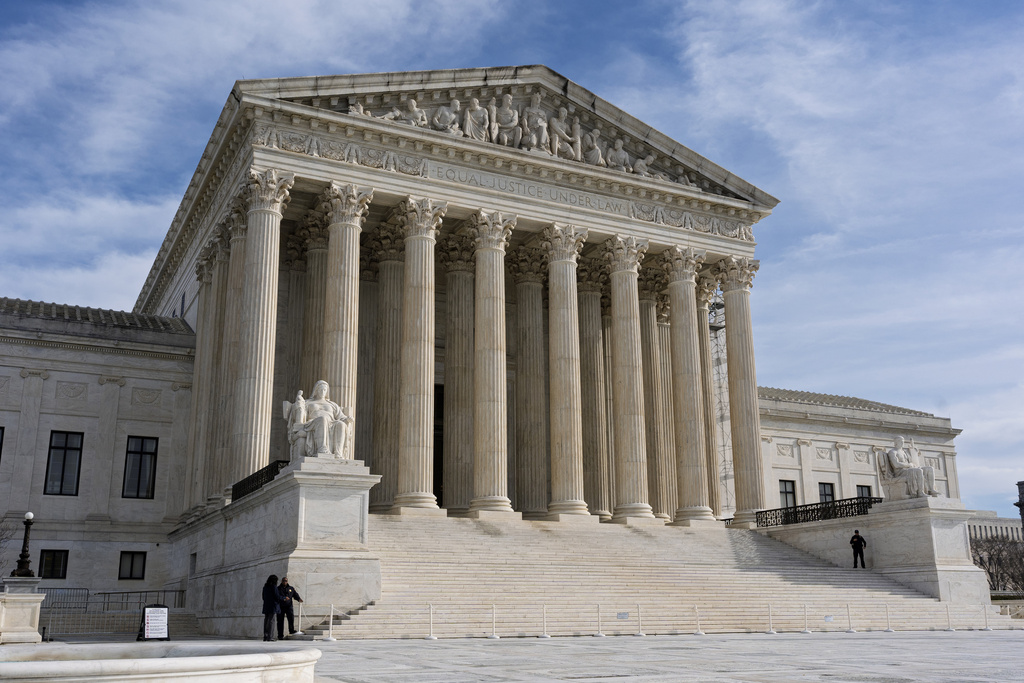Hurricane Ida swept through Louisiana with furious winds that ripped roofs off buildings and storm surge so powerful it moved homes. What it wrought on the living it also wrought on the dead, moving vaults and caskets and adding another layer of trauma for families and communities recovering from the powerful storm.
Ida's surge destroyed nearly every home in the community and pushed heavy vaults from their resting spots into the streets.
Louisiana's location in a hurricane-prone region coupled with cultural burial practices that often lay the dead to rest above ground make the problem common in the aftermath of strong hurricanes or other flooding.
Ryan Seidemann chairs the state's Cemetery Response Task Force, which was formed after the 2016 floods in Baton Rouge led to widespread problems at cemeteries across the flood-stricken region. Members of the task force start surveying cemeteries as soon as they can after a storm to assess damage.
In some cases, storm surge or flooding from heavy rain can move the vaults so far that it's not immediately clear where they were buried. Often made of thousands of pounds of concrete or cinder block, vaults can have air pockets inside and the concrete itself can actually be more buoyant than people realize, Seidemann said.
"They float. They tend to go wherever the water goes. We've recovered them from yards, from levees, from underneath stairwells," he said. "There's no rhyme or reason, really, to where they come to rest, and then it's kind of our logistical problem to figure out how to get them out of there."
And recovery is just the first step. The team then has to identify the remains and often works with families to get Federal Emergency Management Agency aid for reburial costs. Even as they're working on post-Ida recovery, Seidemann said the task force is still dealing with damage from hurricanes last year that sent remains into coastal marshes.
Families sometimes strap down graves or use sandbags to keep them in place ahead of a storm, said Arbie Goings, a task force member who is also a retired funeral director. When they do get displaced, identifying remains can be challenging, especially in cases of long-dead people with fewer, if any, ways to match things like dental records or DNA.
But in some cases, they exhaust all options. A handful of people who could not be identified after the 2016 floods are buried at Plainview Cemetery in Denham Springs. And sometimes, despite extensive searching, caskets go missing and are never found.
Additional reporting by the Associated Press.










